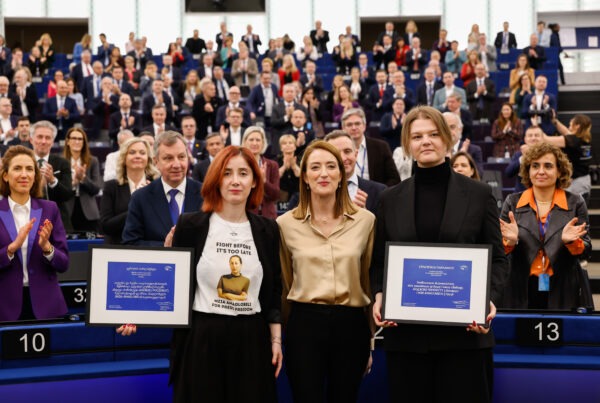How can local and regional governments combat third-party violence and harassment at work ?
In the European Union, 41% of the employees work in direct contact with clients*, among them 42%, especially women, suffer from physical violence, verbal aggression, or the threat of physical violence which is not at the hands of a co-worker (e.g., a municipal employee targeted by cyber-bullying or teacher attacked by a pupil). The so-called third-party violence, has an impact on workers’ health and safety and on their ability to provide quality services.
Throughout the past years, this type of abuse has greatly increased. Featuring new forms of work combined with the eruption of social media, the context of Covid-19 pandemic has indeed propelled third-party violence to high levels.
A European response is needed to fight against these abuses. That is why in 2010 European social partners agreed on multi-sectorial guidelines. But these need to be adapted to the new challenges of the pandemic, especially for essential and front-line workers : for instance health workers have witnessed an increase of threats and attacks against vaccination centres in France and Poland this summer.
For this reason, social partners, members of CEMR and the European Federation of Public Service Unions (EPSU) gathered on 16 September during the workshop “Third-Party Violence at the workplace: French Social Partners policies and agreements”**. The webinar focused on the French situation, where despite a very elaborated legislative framework, many employers and workers are not aware of specific responsibilities or mechanisms at their disposal.
What are the solutions to end third-party violence and harassment?
Representatives from waste and cleaning services, front desk workers and emergency services underlined the value of awareness raising and training of public workers as well as the importance of preventive action through ‘user charters’. They also agreed on the need for effective complaints and support mechanisms such as psychological support units and experts.
Mads Samsing, EPSU Chair, insisted on consultation among partners and local workers to find solutions and good practices:
“The dialogue between workers, employees and citizens is important to consider the process on the way to some kind of decision for the public authorities. We need a good number of trained employees”.
Nevertheless, public services need stronger means to face challenges raised by new technologies in this matter.
What are the next steps ? The role of local and regional governments in the renewal of the guidelines
As regards the situation in France, the Mayor of Sceaux and AFCCRE President Philippe Laurent highlighted the lack of protection for public agents compared to the private sector. He stressed the importance of sharing experiences and the need to improve social negotiation:
“This awareness must continue. In this regard, good practices on the ground that can be brought and shared by CEMR and EPSU are interesting and enriching.”
Councillor Gail MacGregor, CEMR and COSLA Spokesperson, expressed her concerns about the pressure on budget in local governments :
“The financial impacts of COVID-19 have been severe and have placed extreme pressure on already strained budgets and on our workforce. While we remain fully committed to the health and physical and mental wellbeing of our workforce, national governments must also recognise this extreme pressure and the need to invest in local government to fully play our part.”
Mads Samsing, while siding with Gail MacGregor on the budget issue, added that a renewal of the guidelines should consider digital harassment and new instruments of protection.
A new meeting on gender-based violence took place on 24th September, to discuss the update of the multi-sectorial guidelines considering recent political and legislative developments such as the ILO convention 190 on Violence and Harassment.
*Eurofund 2020
**This event took place as part of CEMR-EPSU joint project “EU dialogue, local solutions”

Officer – Employment, Digitalisation and Public Services






